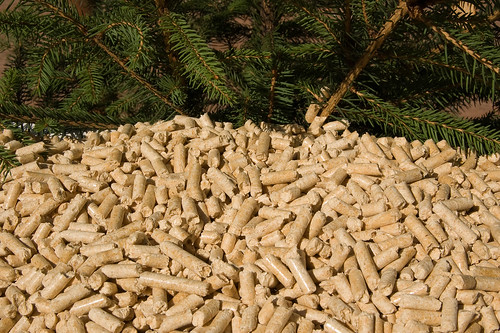
When most people think of forests, science isn’t the first thing that comes to mind, but, perhaps, it should. That’s because the U.S. Forest Service Research and Development program oversees projects across many science disciplines including forestry, genetics, wildlife, forest products and wildfire.
And the agency has been using this science to deliver returns on investments for stakeholders, industry partners, and the public.
For instance Forest Service research supported the U.S. Fish and Wildlife’s decision to not list the Greater sage-grouse under the Endangered Species Act, listing the species would have necessitated restrictions on economic activity across 163 million acres.
Because monitoring and managing rare species can be expensive, Forest Service researchers developed new environmental DNA (eDNA) technologies that make it easier and less expensive to monitor rare fish species. Additionally, Forest Inventory and Analysis research estimates the value of carbon sequestered in U.S. forestlands from 2016-2045 at $450 billion.
Analytic tools which R&D scientists developed identify specific areas where water drains off forest roads and carries unwanted sediment into waterways. These tools informed a new Environmental Protection Agency policy decision on roads and helped avoid potentially hundreds of millions of dollars in additional regulatory costs.
Research also helps protect valuable wood resources. Scientists developed technologies and techniques to identify illegally trafficked wood and researchers provide guidance and efficacy data for wood-destroying termites and fungi to the public. The research informs regulations, codes and standards, and supports the pest control industry which contributes about $14 billion to the U.S. economy and employs approximately 107,000 people.
Another part of the U.S. industry Forest Service R&D supports is wood pellets – biofuels made from compressed organic material and used for heating. R&D refined tools that allow for identification of areas for development of biomass use. This tool resulted in sizeable private sector investments and created more than 300 forest sector jobs. U.S. pellet exports to the EU exceeded $358 million in 2013.
Whether it’s wood pellets, identifying illegally trafficked wood, or valuing carbon sequestration, Forest Service R&D influences national policy and the economy while still advancing science.
